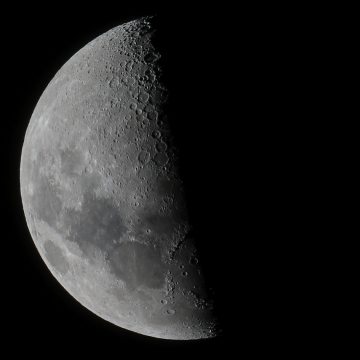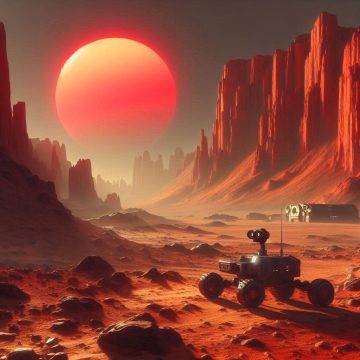As we advance space exploration, the possibility of bringing objects back from the Moon has led to extraordinary discoveries and unleashed the imaginations of scientists and enthusiasts alike. In this article, we will delve into the intriguing world of lunar objects, exploring both the tangible reality and the myths surrounding these extraterrestrial treasures.
Moon rocks: Silent witnesses to cosmic history.
One of the most significant contributions of lunar missions has been the collection of lunar rocks. NASA's Apollo missions in the 1960s and early 1970s brought back samples of lunar soil, providing a unique window into the history of the solar system. These lunar rocks have revealed information about the age of the Moon, its chemical composition, and the evolution of the solar system.
Myths and legends: The mystical power of lunar objects.
Throughout history, lunar objects have been shrouded in myths and legends. They were believed to possess mystical powers and were revered by various cultures. In some traditions, Moonstones were claimed to have healing properties and magical powers. These myths, although debunked by modern science, have left a lasting cultural imprint that persists in the popular imagination.
Artifacts from the Apollo missions: Relics of space exploration.
The Apollo missions not only brought back lunar rocks, but also a variety of artifacts and objects used by astronauts. From American flags planted on the lunar surface to tools and equipment, these objects have become relics of space exploration. Some of these artifacts, such as astronaut footprints, have been preserved as a tangible testimony of our presence on the Moon.
Moon dust: A subtle but important collection of particles.
In addition to rocks, the Apollo missions brought back lunar dust. This dust, also known as lunar regolith, has proven to be a valuable resource for scientific research. Scientists have studied its physical and chemical properties to better understand lunar geology and explore possible future applications, such as the extraction of oxygen and other resources.
Lunar meteorites: Rocks from other worlds on Earth.
Although they are not objects directly brought back from the Moon by space missions, lunar meteorites are rocks that have reached Earth after being ejected from the Moon due to asteroid impacts or other events. These meteorites provide scientists with a unique opportunity to study lunar material without the need for dedicated space missions.
The trade in lunar objects: Treasure or taboo?
Over the years, there have been attempts to sell lunar artifacts on the market. From moon rocks to Apollo mission flags, these items have been the subject of auctions and private transactions. However, the legality and ethics of owning and trading lunar objects have generated debates, as some believe that these cosmic treasures should be preserved for scientific research and cultural heritage.
The legacy of the Apollo missions: Inspiration and future challenges.
The Apollo missions left a lasting legacy that goes beyond rocks and physical artifacts. They inspired generations of scientists, engineers and dreamers, demonstrating humanity's ability to achieve seemingly unattainable goals. As we look to the future, lunar exploration remains a goal, with plans for new missions that could bring more lunar objects and scientific advances.
Protecting the moon: Ethical and environmental challenges.
As we consider future lunar missions, the question arises of how to protect and preserve the Moon and its objects. Scientists and space advocates advocate for ethical practices that prevent pollution and deterioration of the lunar environment. Questions are also raised about the responsibility and sustainable use of lunar resources, such as water and minerals.
The moon in popular culture: Universal icon and creative inspiration.
The Moon, with its enigmatic presence in the night sky, has been a constant source of inspiration in popular culture. From literature and film to music and art, the Moon has captured the imagination of creators and influenced the creation of stories and myths. This cultural influence endures, serving as a reminder of our intrinsic connection to the cosmos.
The future of lunar exploration: New discoveries and challenges.
With renewed interest in lunar exploration, driven by space agencies and private companies, the future promises new discoveries and challenges. Planned missions, such as NASA's Artemis, seek to return humanity to the Moon and open new opportunities for scientific research and sustainable exploration.
The story of the objects brought back from the Moon is a fascinating cosmic journey that encompasses science, mythology, space exploration and ethical reflections. From lunar rocks that tell the story of the solar system to artifacts that bear witness to our forays to the Moon, these objects spark human curiosity and fuel the flame of space exploration. As we continue to look skyward, the Moon remains a silent witness to our relentless pursuit of knowledge and discovery in the vast universe.






